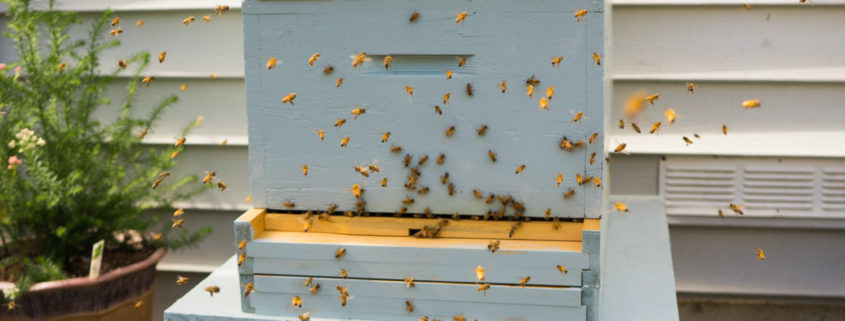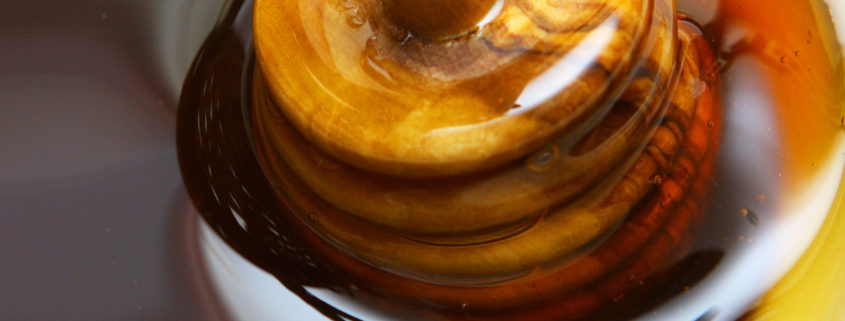How Often Should a Beekeeper Requeen?
While queen honeybees can theoretically live for up to five years, they rarely do. As queen bees age, their productivity declines. A three-year-old queen is generally less prolific than a two-year-old queen. Even a two-year-old queen can sometimes be less prolific than a queen who’s only one year old – which is why many beekeepers prefer to requeen annually.
Many beekeeping authorities recommend requeening colonies after a certain point in the queen’s life, usually after one year. The theory is that by replacing an older queen, a colony will be more robust and successful, due to a younger queen’s greater productivity. A younger queen creates a higher volume of bees than an older queen, which results in more bees for pollination and greater honey production, and also more bees for expanding colony counts.
Young queen bees also tend to have a stronger pheromone signature. When a young queen’s powerful pheromones are present, a beehive knows it has a quality, vigorous queen in hand. As a result, the colony sees little need to replace her. Likely for the same reason, colonies with younger queens are less likely to swarm than colonies with older queens. A young queen seems to set a beehive at ease and enable the bees in the hive to relax and focus on the business at hand.
Even though requeening annually has its benefits, there are equally strong arguments against this practice. The policy of requeening every colony, every year fails to consider the very real possibility that an existing queen may be a superstar with several years of performance left. What’s the benefit of replacing a proven winner with a new queen, that may or may not match the existing queen’s excellent performance?
Regular requeening can also become costly – in terms of both the cost of the new queen itself, as well as the time it takes to find and introduce a new queen each year. Plus, there is always the risk that the introduction of a new queen may not even be successful, leaving the colony without any queen at all!
At Wildflower Meadows, we believe it makes the most sense to consider each colony on a case-by-case basis. When deciding whether to requeen, it’s important to assess whether the existing queen is still laying a quality brood pattern. A queen on the decline in her later years will typically begin to show a “spotty” brood pattern, rather than the tight, circular brood pattern of a young, vigorous queen. Any queen with a consistently spotty brood pattern is always a candidate for requeening. Most queens that are more than two or three years old are also excellent candidates for requeening. Queens of that age are not far away from an almost certain drop-off in productivity, making requeening the best decision for maintaining a strong, productive hive.












